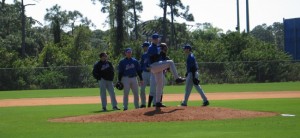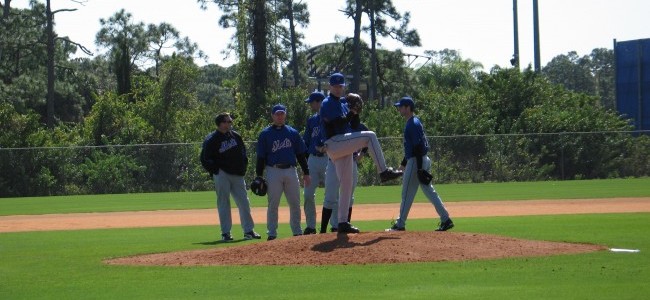 Spring is fast approaching and every high school baseball program is gearing up for the season. Here’s a simple way to measure the appeal of your school program.
Spring is fast approaching and every high school baseball program is gearing up for the season. Here’s a simple way to measure the appeal of your school program.
If you want to a way to measure the attractiveness of a school baseball program, go and get the number of players trying out for any given team. Right now, when tryouts start is the perfect opportunity to make some inquiries. All coaches have to do is make some calls to other coaches from other teams. Players usually know some players on rival teams and can get the same information. Parents may also know some parents on the other teams.
Let’s say twenty kids try out for a varsity team while—on average— double that number try out for other varsity teams from schools of comparable size in the area. The low tryout numbers indicates that this program has a problem.
When confronted with low comparative numbers, there are two responses from those in charge. A good program will investigate the issue with an open mind. The bad program will react with some kind of an excuse, probably out of habit. Here’s a list of typical excuses:
- Johnny’s grades aren’t good enough and his parents won’t let him play baseball.
- Billy has a nagging injury and his doctor sidelined him for the season.
- Jimmy’s family needs him to get a job.
- Another high school sport (lacrosse) is taking our ballplayers.
One problem with these excuses is that every baseball program is faced with their own Johnny, Billy or Jimmy problems and every baseball program has a competing sport issue. Just the same, these other programs still have more players trying out for their school baseball teams. In the end, these excuses don’t explain anything.
Excuses are also suspect because—let’s face it—parents and players don’t want to say what’s really driving their decision. They’re more apt to just vote with their feet so as not to say something that causes hard feelings.
One way to confirm a problem with a school program is to look at the community recreational program. If your high school team has lower tryout numbers but also has more players participating in the community recreational league alone (not playing school baseball) than in comparable communities, it’s time to concede there’s most likely a problem with the school baseball program.
You can also confirm a problem with trend analysis. If the trend of players trying out is going down over time from one season to the next, it probably time to do some investigative work.
Problems do happen over time to baseball programs. The blame game can’t be all consuming because it doesn’t move the program forward. Over the long term, it’s the identification and reaction to a problem that will separate the high school programs with a future from those destined to live in the past.
My upcoming novel, Saving Babe Ruth, touches on a high school baseball program struggling to deal with its past. Click here to read more. It’s set to be released in 2014. Sign up to be on my mail list for alerts on more blog posts, the novel, or special offers. Get ready for Saving Babe Ruth!
[wps_custom_form id=0]

